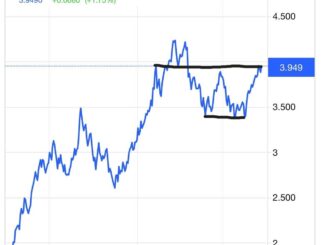
The Federal Housing Finance Agency this week made a series of significant changes to loan level pricing adjustment (LLPA) fees charged by Fannie Mae and Freddie Mac on conventional/conforming mortgages.
It’s generating concern among mortgage and real estate trade groups, who fear the tweaks will hurt qualified borrowers amid an existing affordability crisis.
The changes include updates to pricing for second homes, high-balance loans and cash-out refinances that were first announced in 2022. The agency is also introducing a “revamped” LLPA matrix that differentiates pricing by loan purpose, with grids for purchase loans, limited cash-out refinance loans, cash-out refinance loans and additional LLPAs by loan attribute. Debt-to-income ratio is also now a consideration on the pricing matrix, with a new pricing adjustment for borrowers with a DTI ratio above 40%.
The changes are effective starting May 1, 2023.
In a statement, FHFA Director Sandra Thompson said the changes will strengthen the “safety and soundness” of Fannie Mae and Freddie Mac by “enhancing their ability to improve their capital position over time.”
The LLPA changes make permanent reduced or eliminated fees for first-time homebuyers and those with low and moderate incomes. They also include significantly reduced fees for borrowers with lower credit scores but strong down payments.
But there are some losers, too. There are big increases in LLPA fees for most “cash-out” loans, and investors will pay higher fees as well, per the new pricing matrix.
The middle-of-the-road borrower is also going to be socked with higher fees. With the FHFA creating new bands for borrowers at the highest tiers, borrowers with FICO scores between 720-739 and 740-759 will pay more in LLPA fees — sometimes thousands of dollars more.
“Fees are raised on some borrowers with good credit scores and moderate down payments, hitting middle-wealth homebuyers,” the National Association of Realtors (NAR) noted in a statement Thursday. “Furthermore, FHFA included new fees on borrowers with higher debt-to-income scores.
“In the wake of a three-percentage point increase in mortgage rates, now is not the time to raise fees on homebuyers,” the NAR said. “Furthermore, the FHFA needs to address its recent increase in fees on homebuyers in high-cost markets as well as guarantee fees that impact all homebuyers. Homebuyers are hurting and these changes are overdue. Now is the time.”
The Mortgage Bankers Association expressed similar sentiments, noting that the new framework appears to increase overall pricing, a concern in today’s slow housing market.
“With the peak homebuying season coinciding with these changes, FHFA should consider additional program changes to improve affordability, including raising the area median income threshold for the GSEs’ low down payment products,” said Bob Broeksmit, the trade group’s president and CEO. “This move would expand eligibility for borrowers who can meet the monthly obligation of a mortgage payment but do not have significant savings to make a large down payment.”
The MBA urged the FHFA to delay implementation so lenders could integrate the updates and the recalibration of the upfront fee matrix into pricing.



